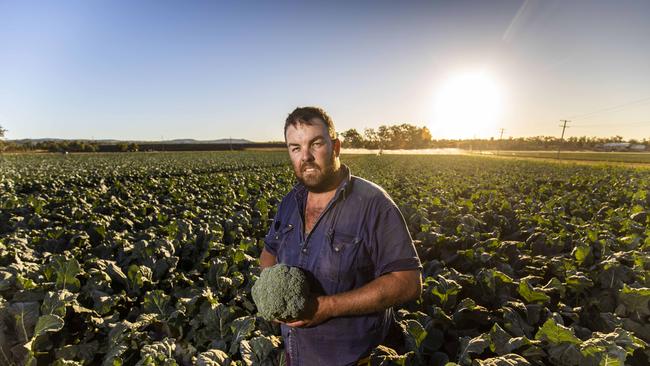Coronavirus Australia: Things still on the boil outside urban areas
Regional areas are likely to be weathering the economic storm caused by the pandemic better than urban areas.

Regional areas of Australia are likely to be weathering the economic storm caused by the COVID-19 pandemic better than urban areas, according to one of the first economic studies into the impact of the virus.
Research by professor John Rolfe, of the Rural Economies Centre of Excellence, found that the size of the impact on regional economies would vary according to which industries they most relied on, with little effect on agriculture and mining so far.
The study comes as the Morrison government said it would use the coronavirus crisis to drive development in regional Australia, aiming to swiftly boost growth there to help put the nation back on a path to economic recovery.
Resources Minister Keith Pitt has outlined plans to explore opportunities in sovereign manufacturing and downstream commodity processing to create jobs for Australians eager to escape overcrowded cities in the wake of the deadly pandemic.
He said the government would use its northern Australia agenda and dam-building initiatives to help attract people to live and work in places that have hitherto fallen far behind the east coast capitals in terms of population growth.
Business leaders in regional areas where there have been comparatively few virus cases have urged governments to ease restrictions so their economies can gear up for recovery.
Many regional areas, with Cairns a glaring exception because of its reliance on tourism, were less affected than urbanised southeast Queensland as a result of the pandemic, Professor Rolfe found.
He estimated that while the deliberate slowdown of the economy to stop the spread of the virus would cost 13 per cent of jobs across the state, tourism-reliant Cairns and the Gold Coast would be hit hardest, with a 16 per cent drop in employment in both cities.
By contrast, in the Toowoomba and Darling Downs region, the hit to jobs would be about 10 per cent.
“It is important to realise that the slowdown is not a shutdown,” Professor Rolfe said.
“The sectors that have been most badly affected to date (tourism, airlines, hospitality, arts and entertainment and personal services) are together only about 20 per cent of the economy. Some major sectors such as agriculture, mining and construction have experienced limited impacts to date.”
Incomes would drop by an average 8 per cent across the state, but this would vary across regions, with those reliant on primary industries doing better overall.
Lockyer Valley vegetable farmer Andrew Lerch told The Australian that “bugger all” had changed with his business since the crisis began. His harvests of broccoli, beetroot and cauliflower were still being taken up by retailers as they were popular with buyers.
“Stuff that gets cooked at home has been unaffected, so there’s nothing that’s different for me at the moment,” he said.
Mr Lerch has also had no problem finding staff, with 20 to 30 people a day inquiring about work at the farm, including backpackers and others who have lost their jobs in the hospitality industry,
However, Professor Rolfe, a resource economist at Central Queensland University, said: “As economies rebuild post-COVID, the risks for regional areas is that local businesses cannot compete effectively and … the urban-regional divide increases.”



To join the conversation, please log in. Don't have an account? Register
Join the conversation, you are commenting as Logout